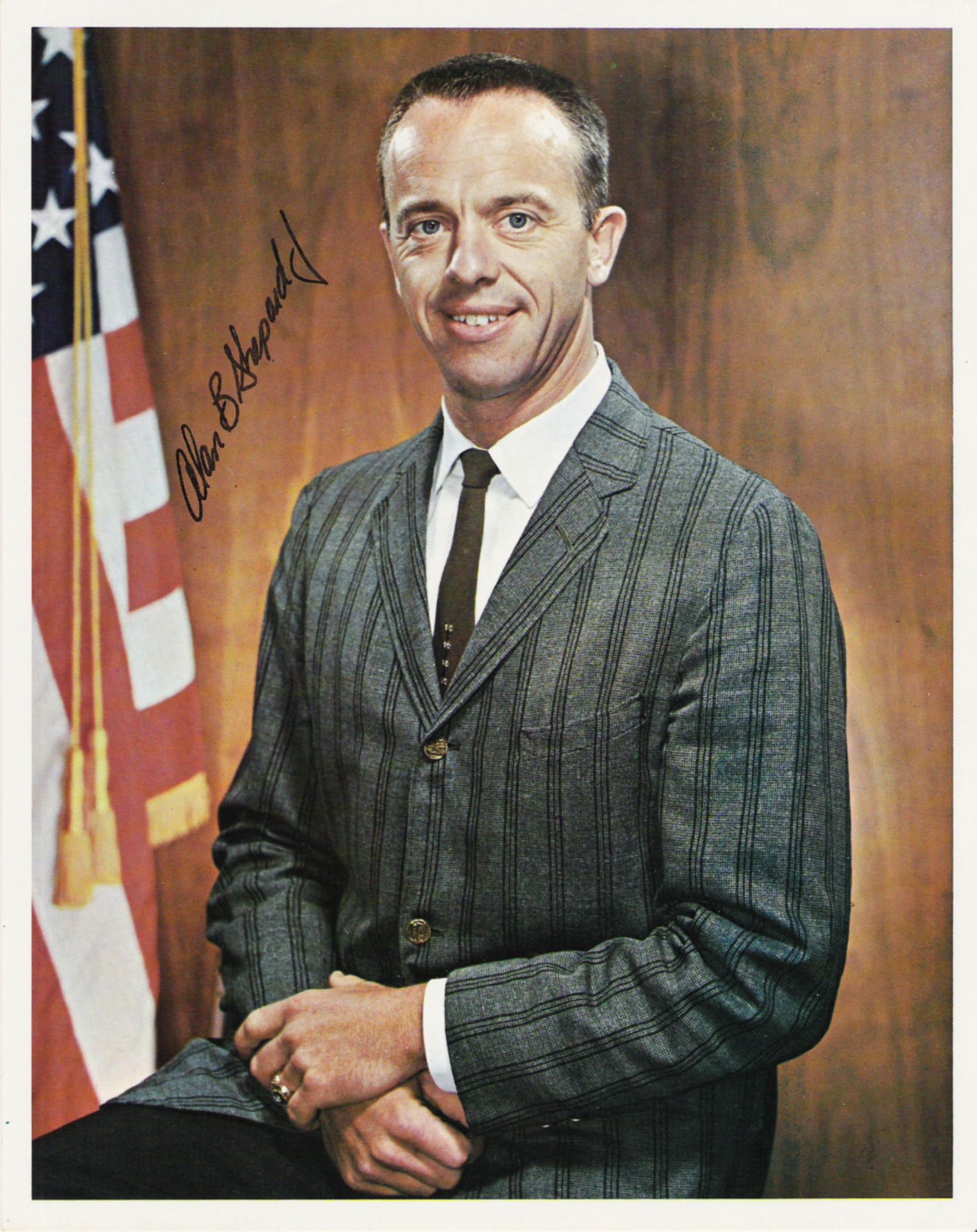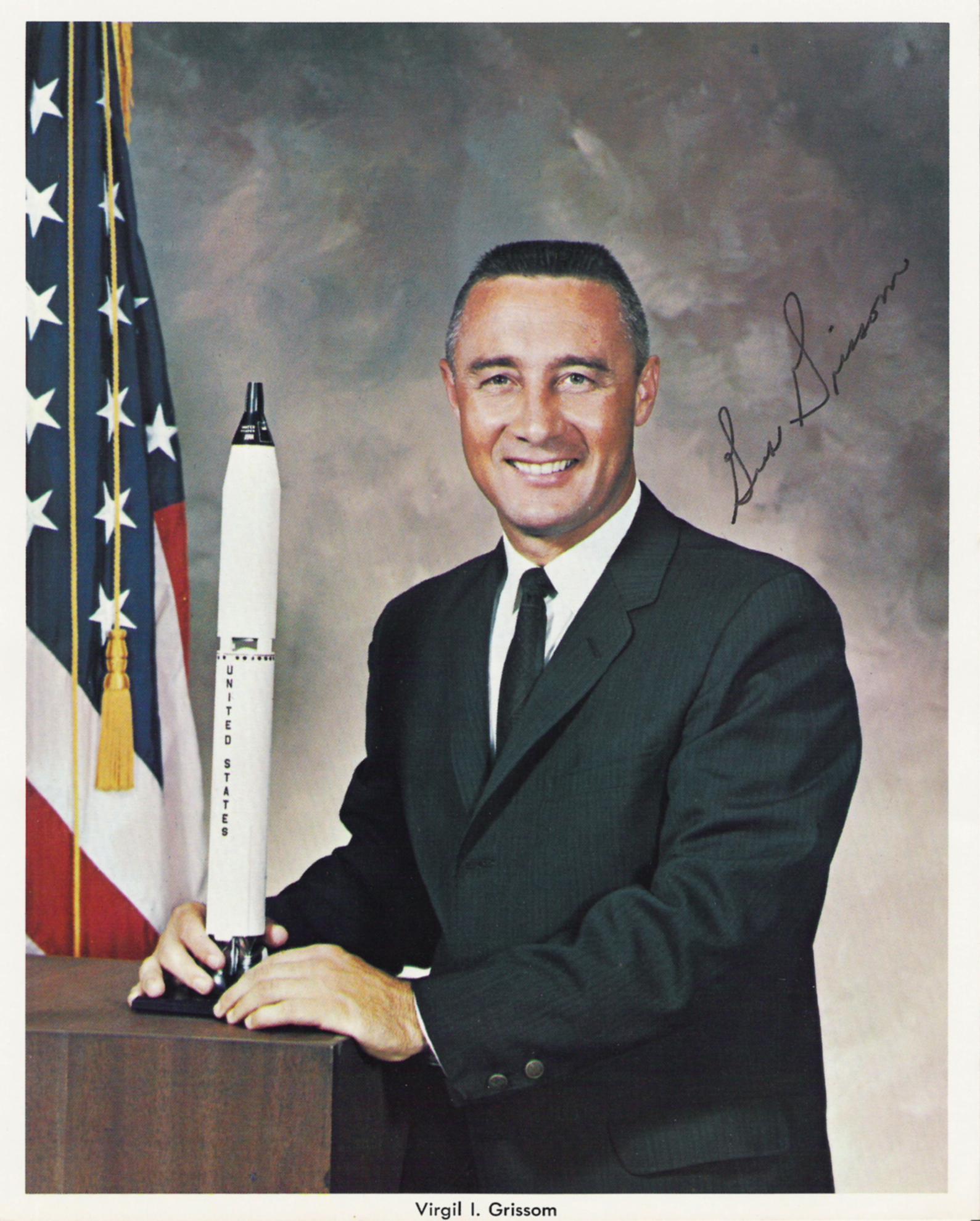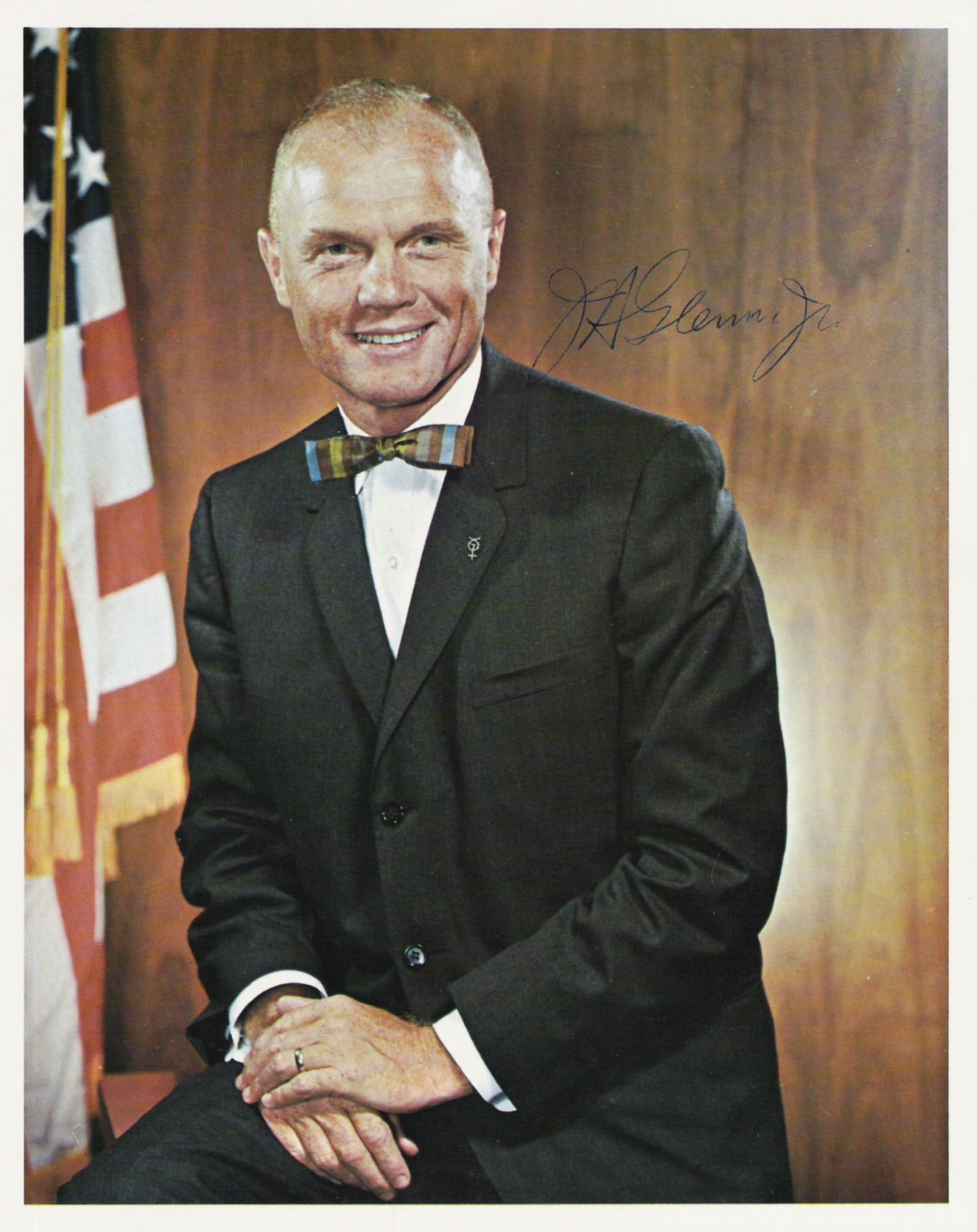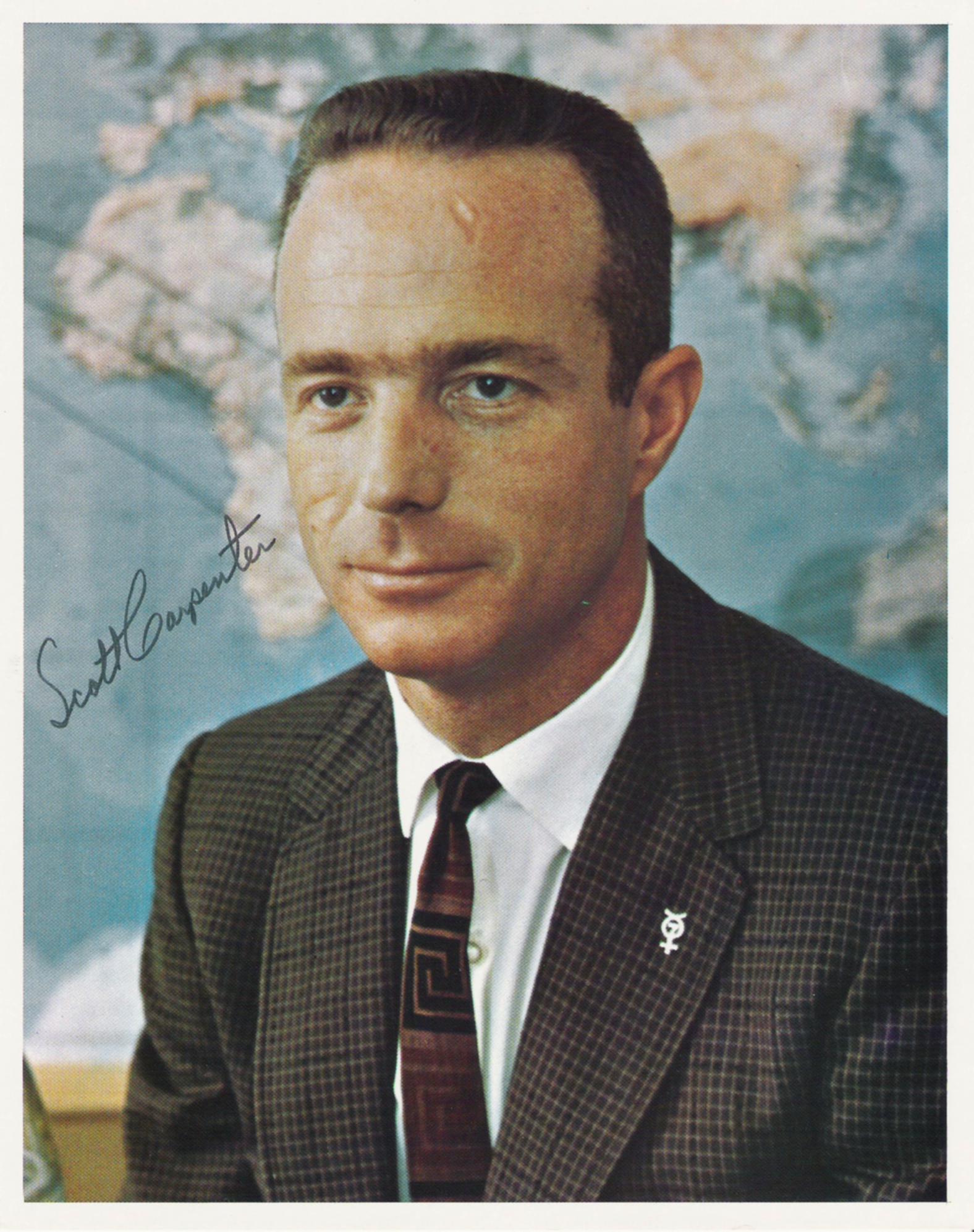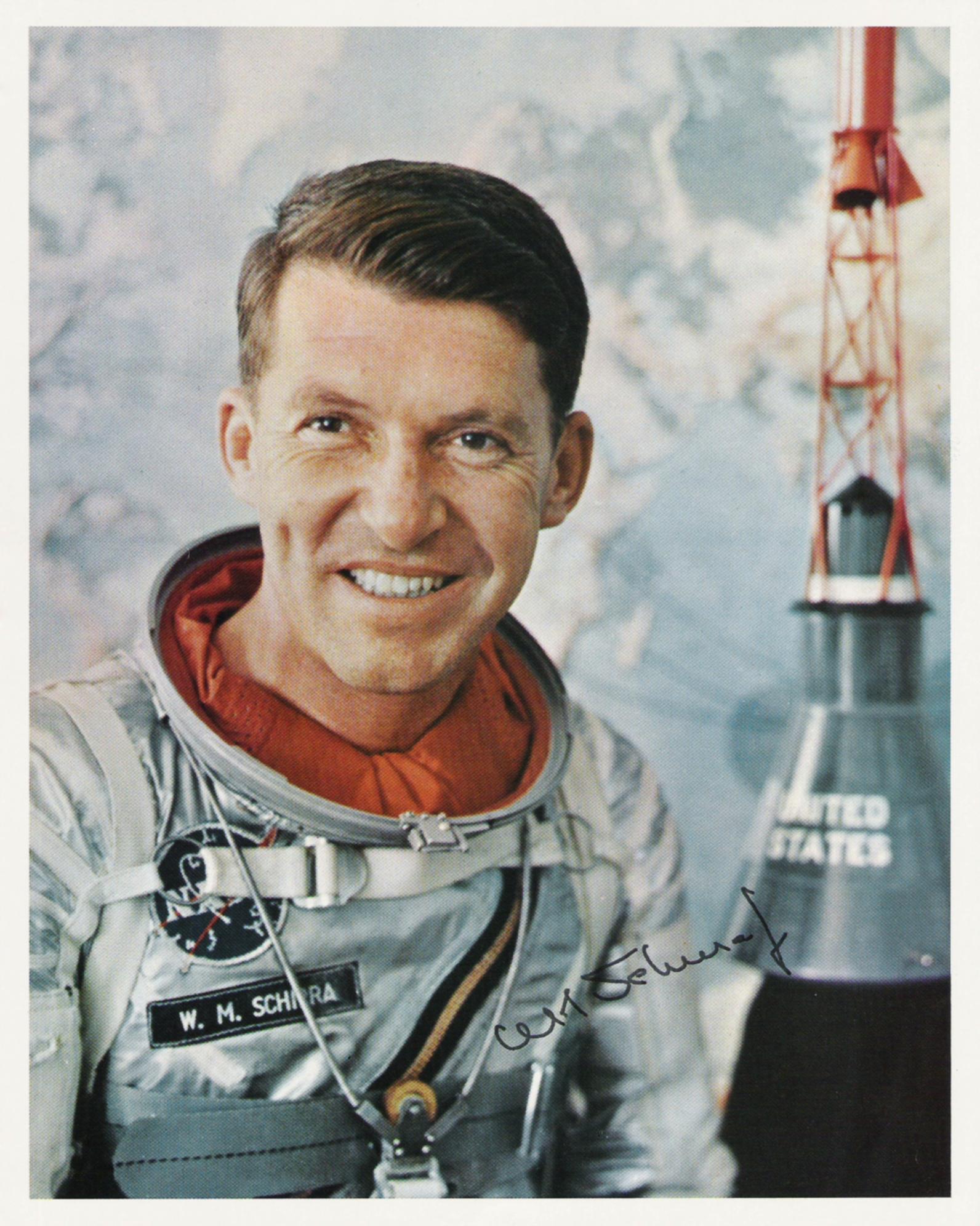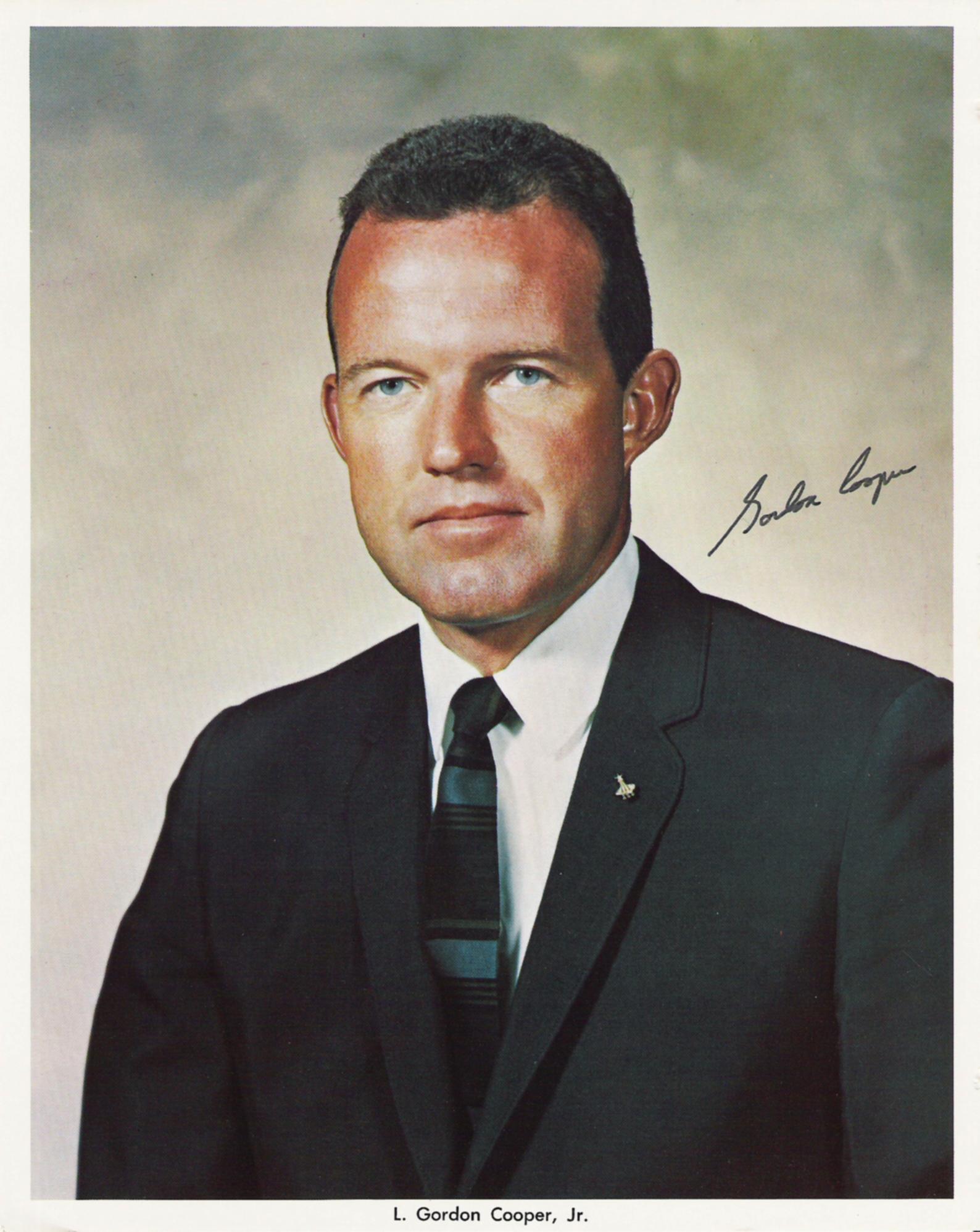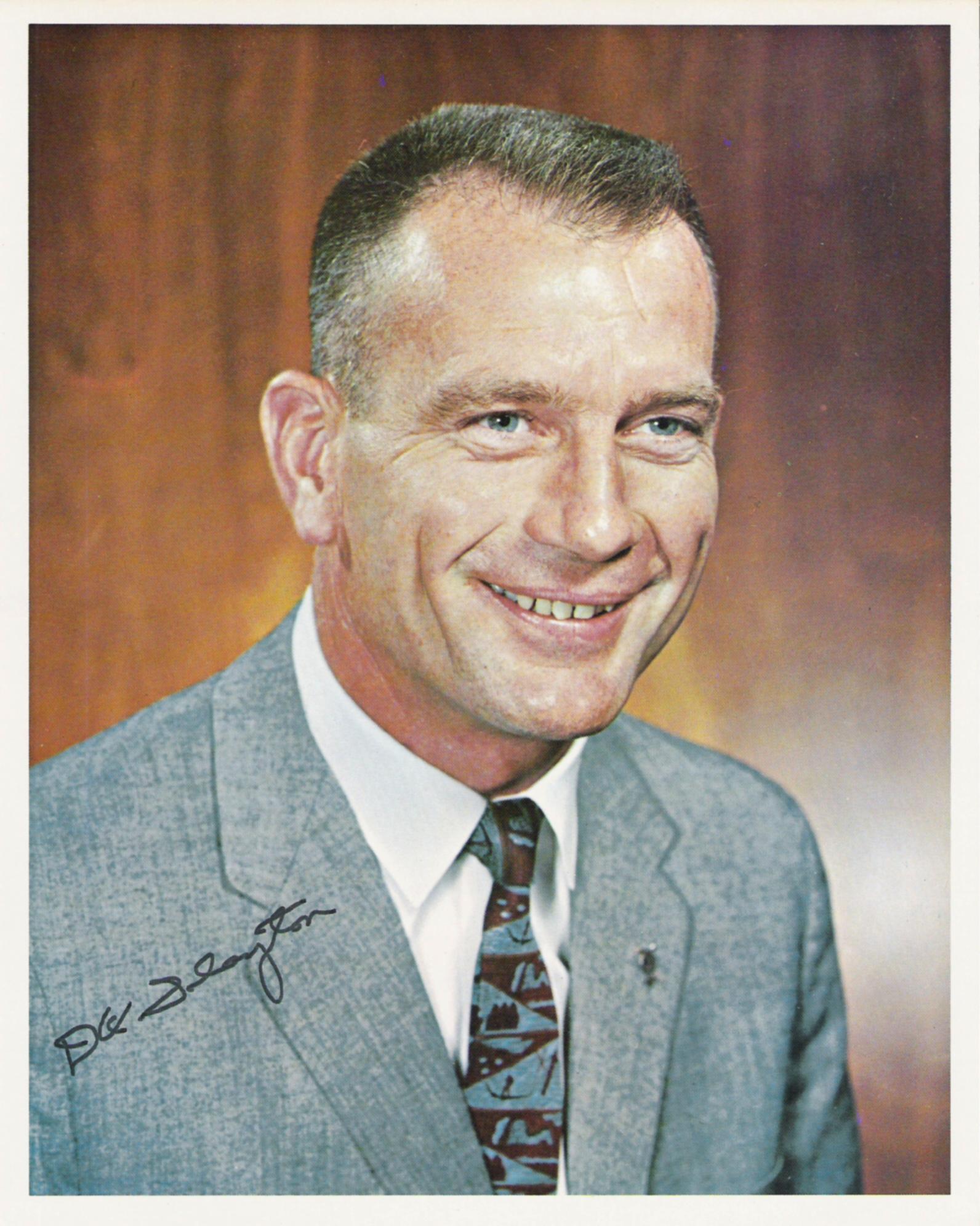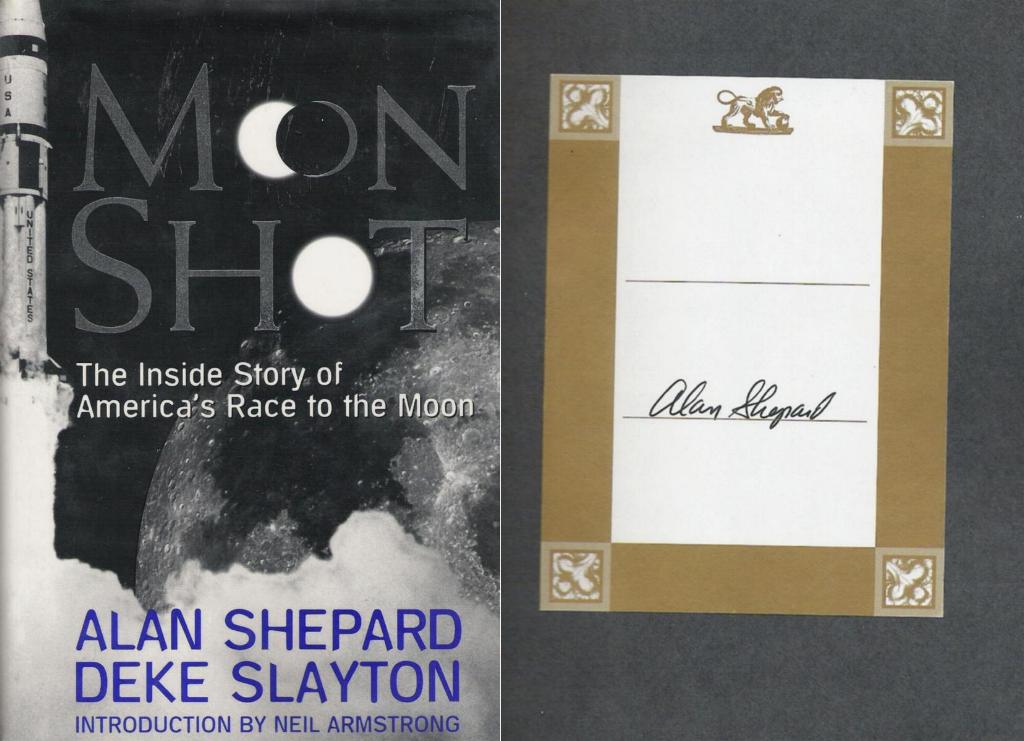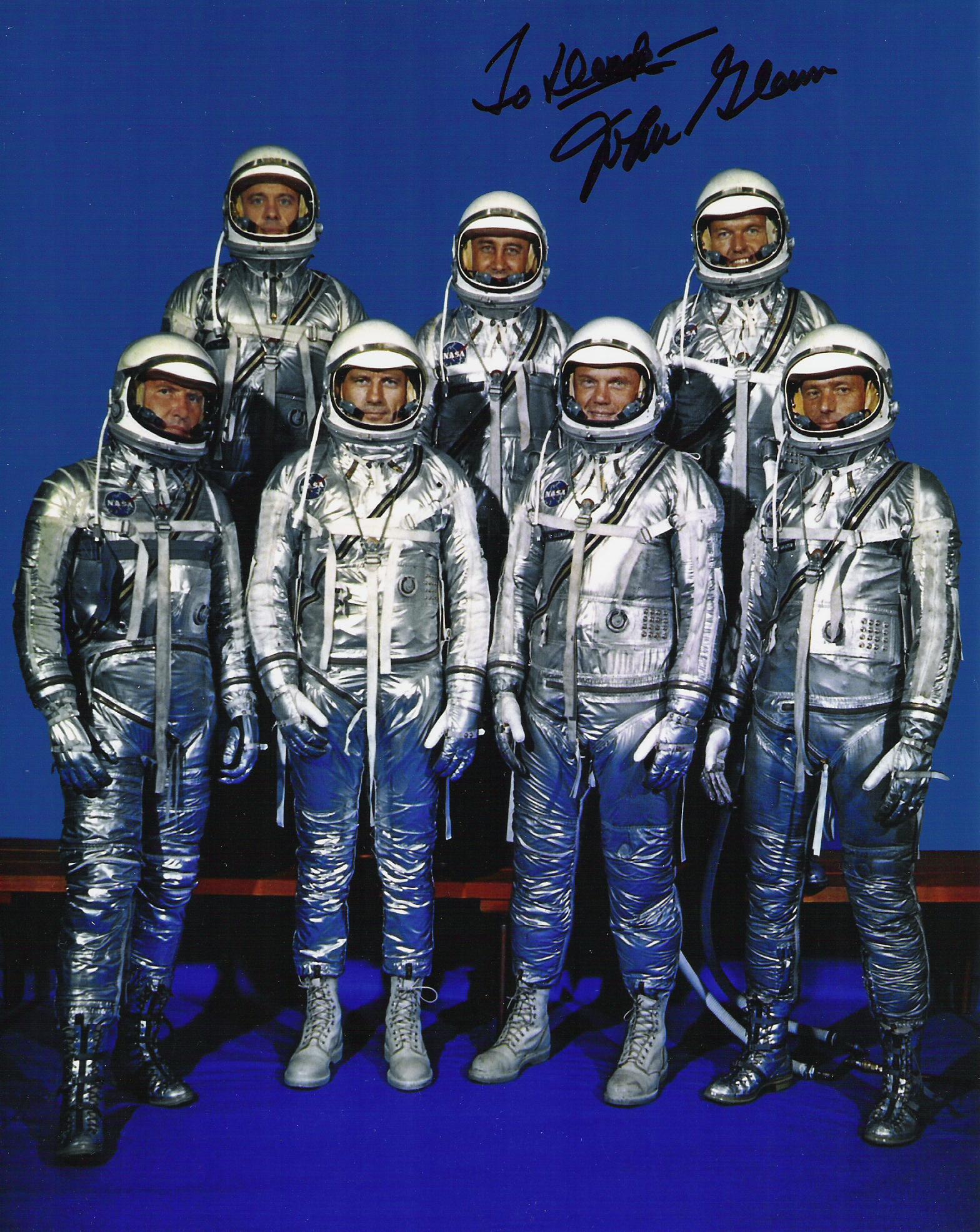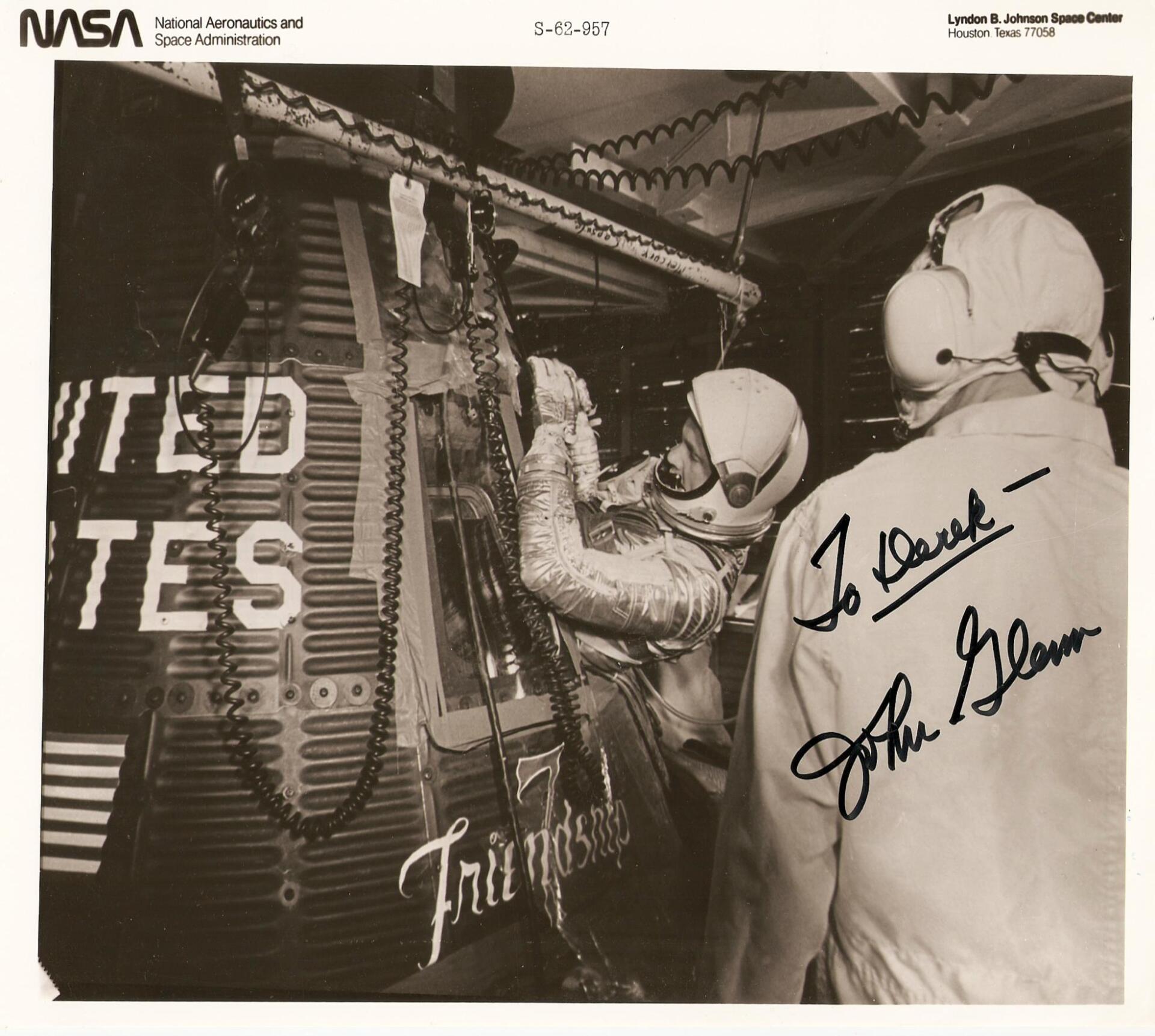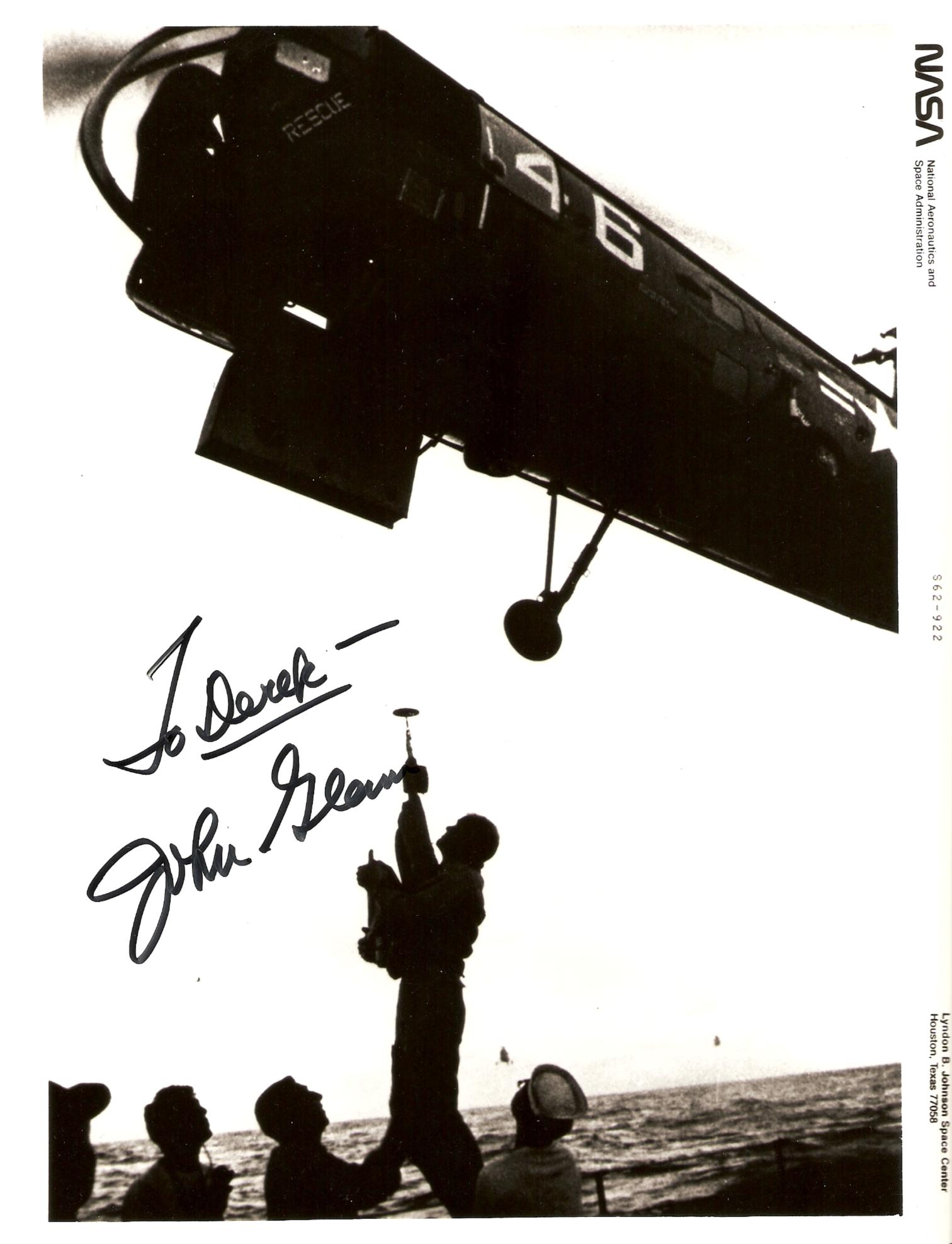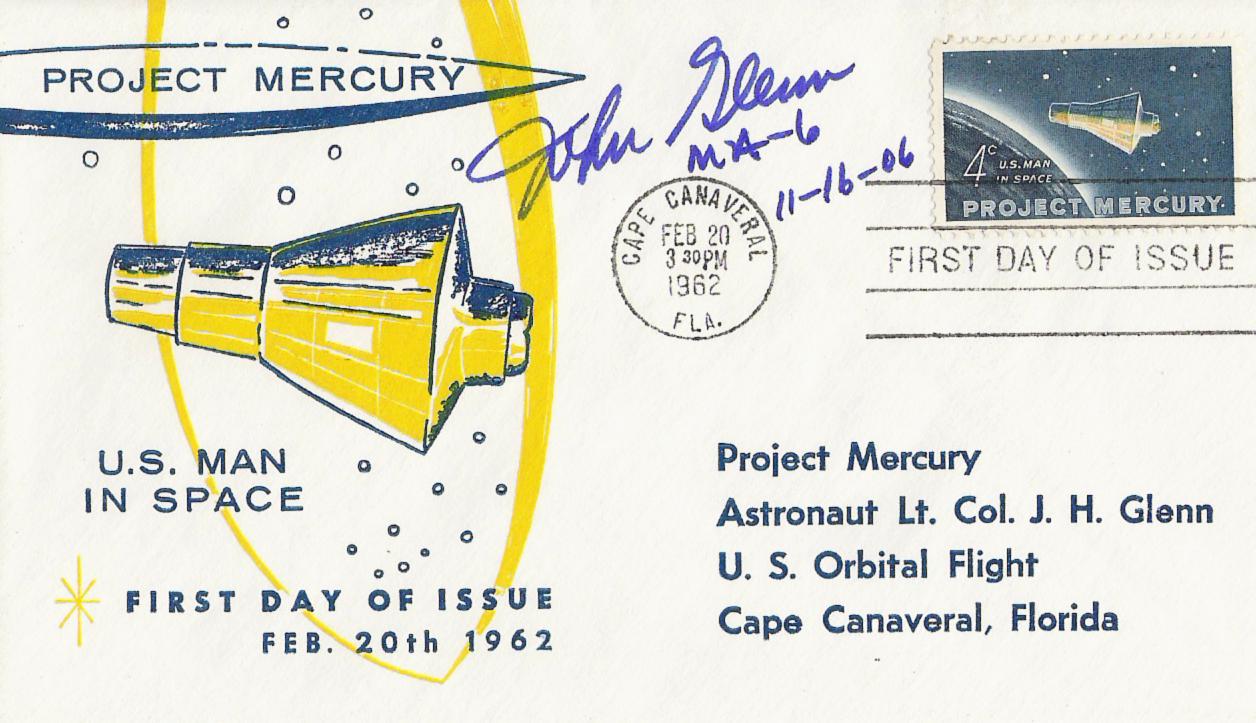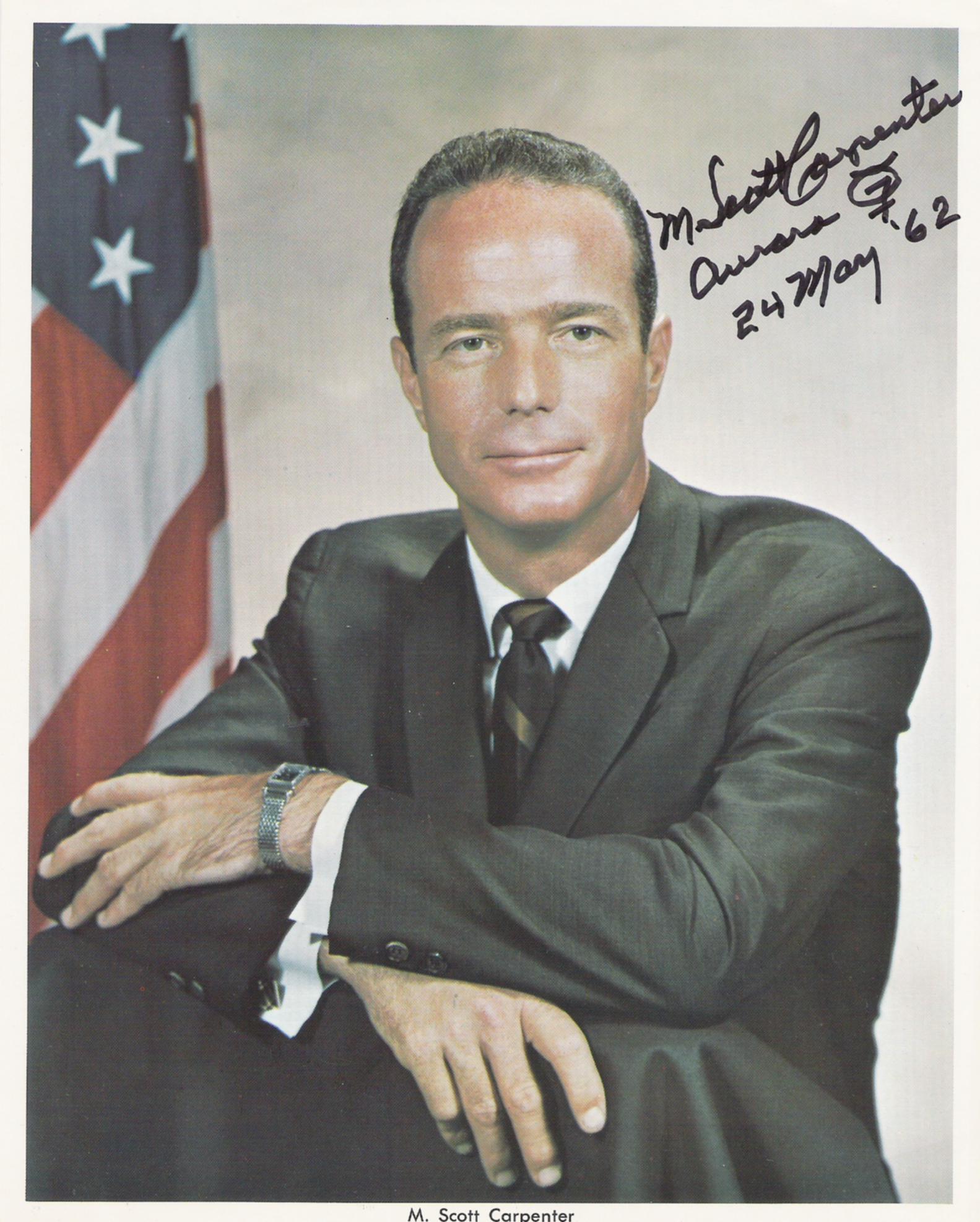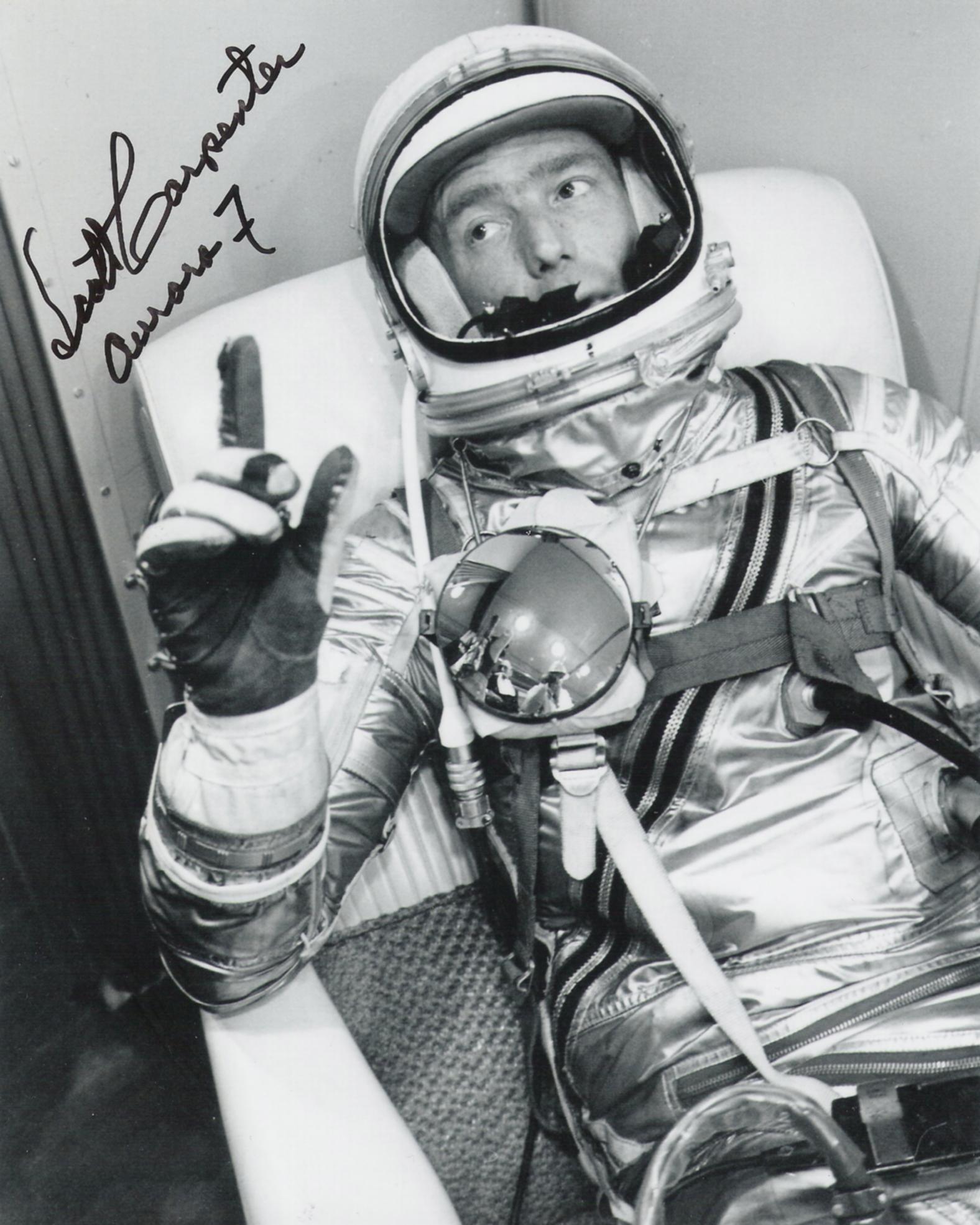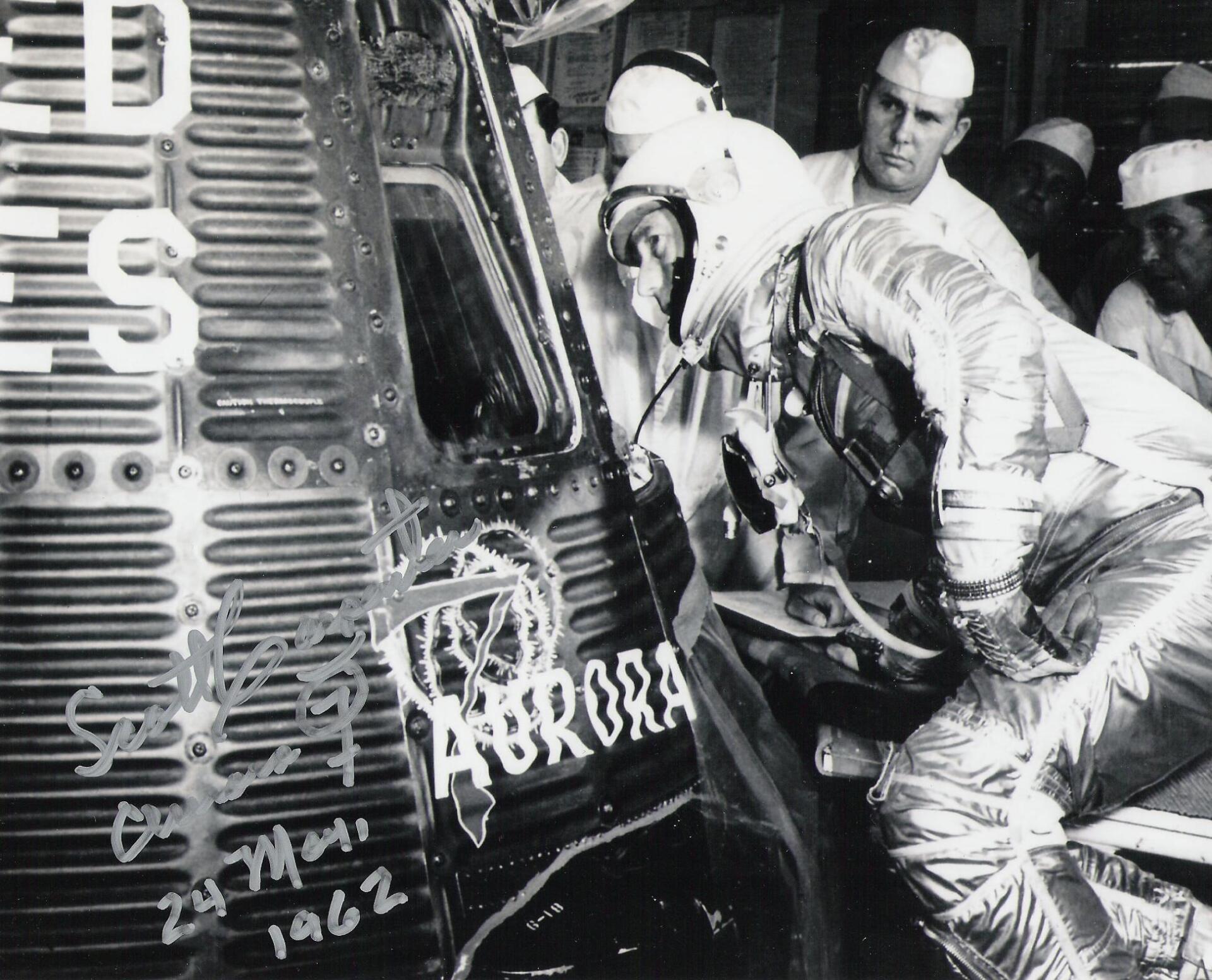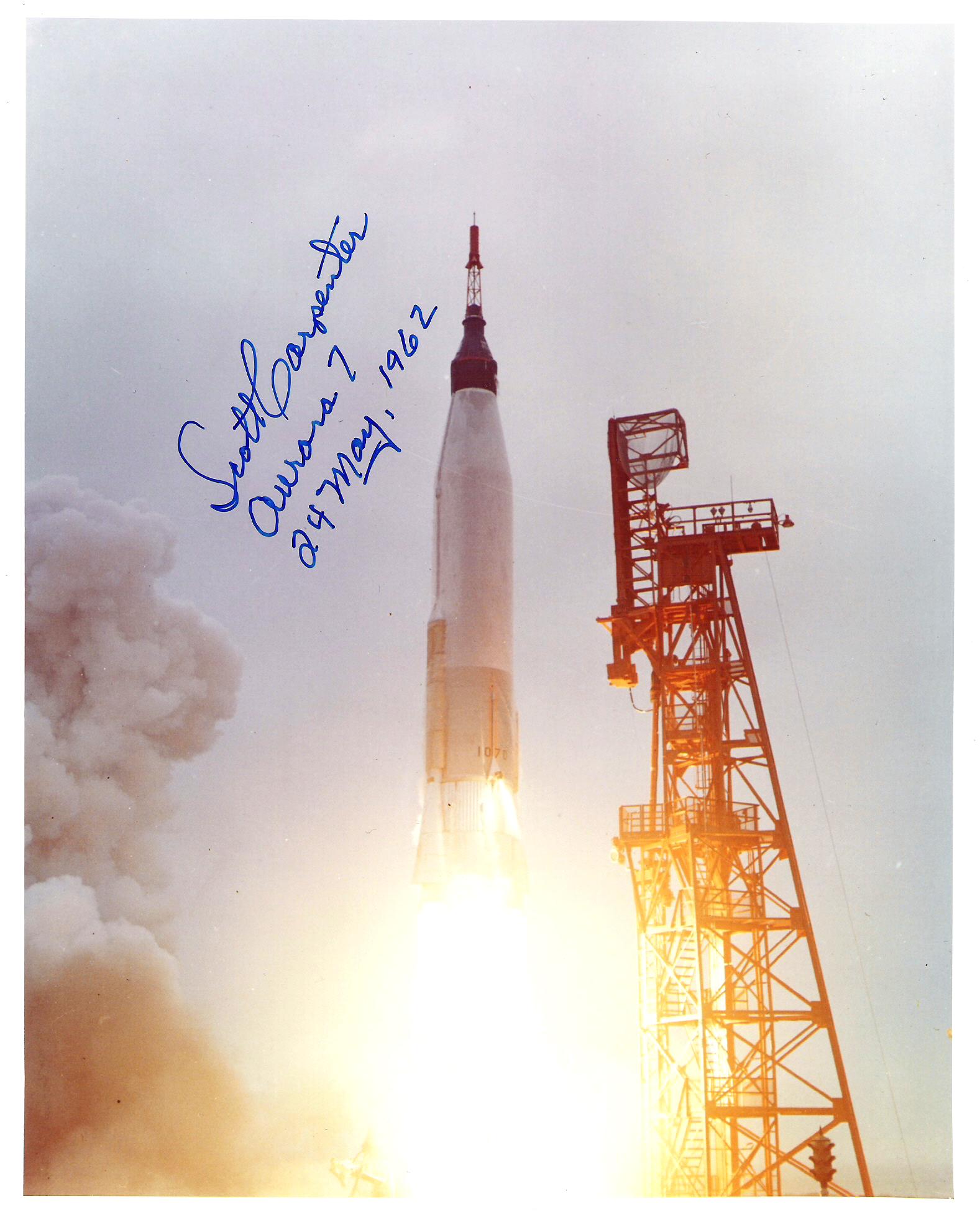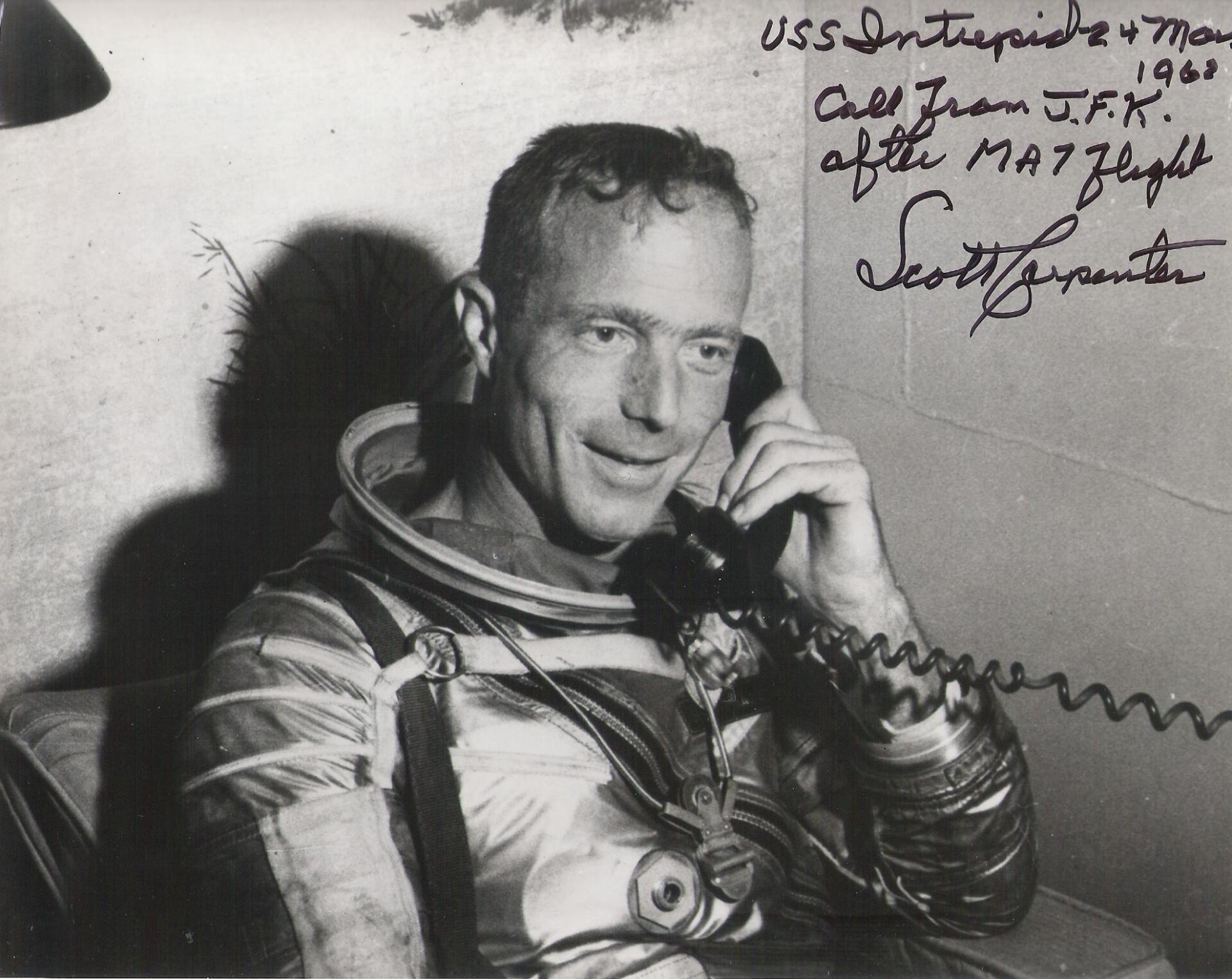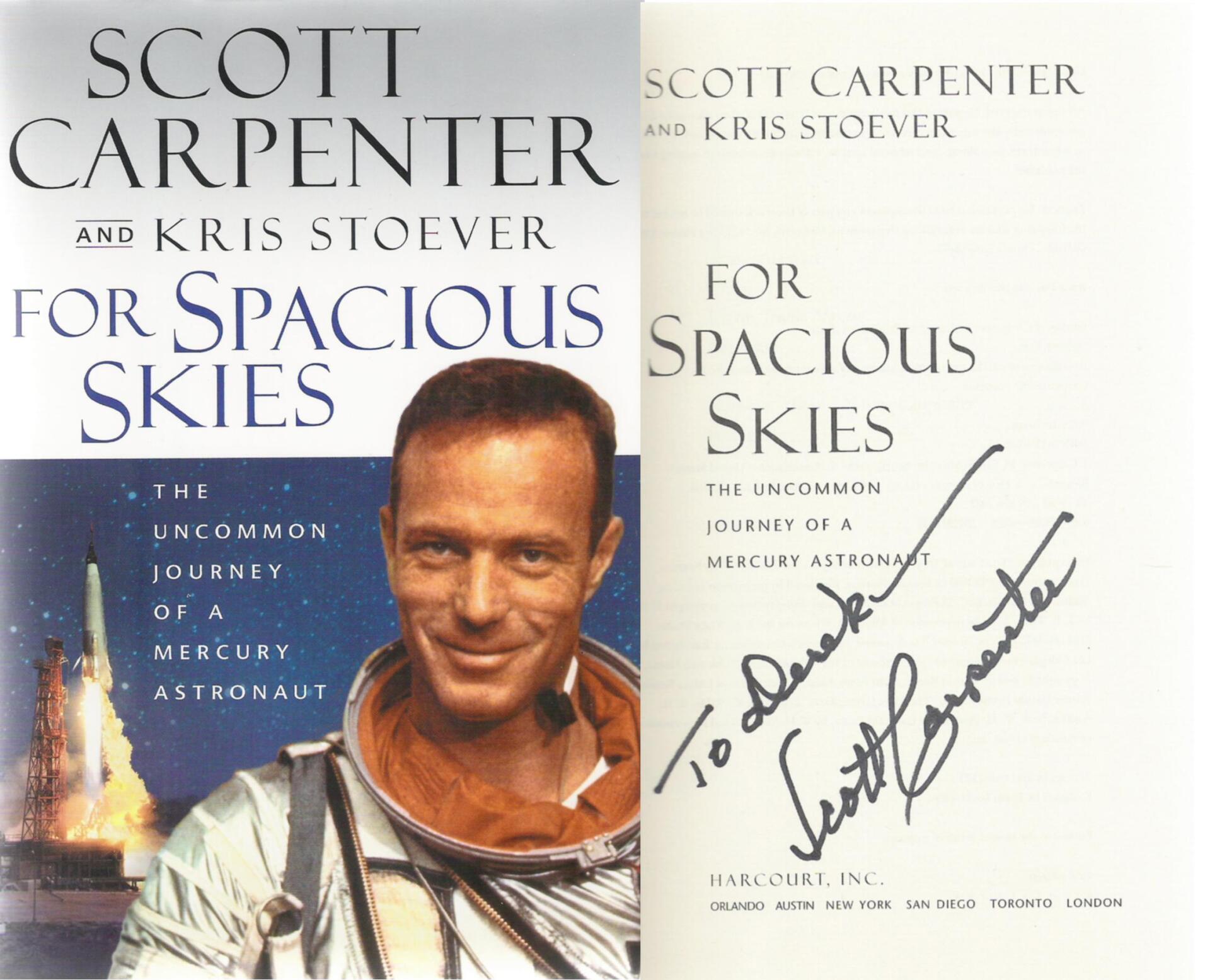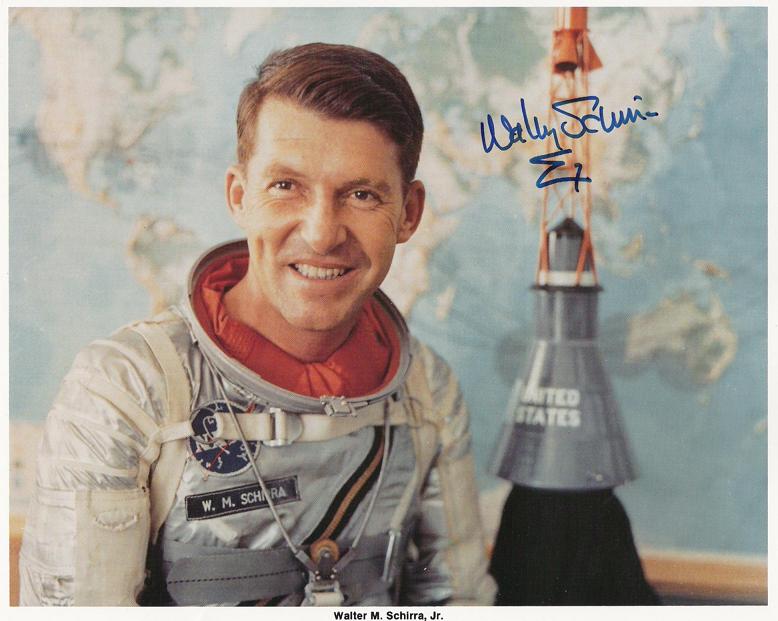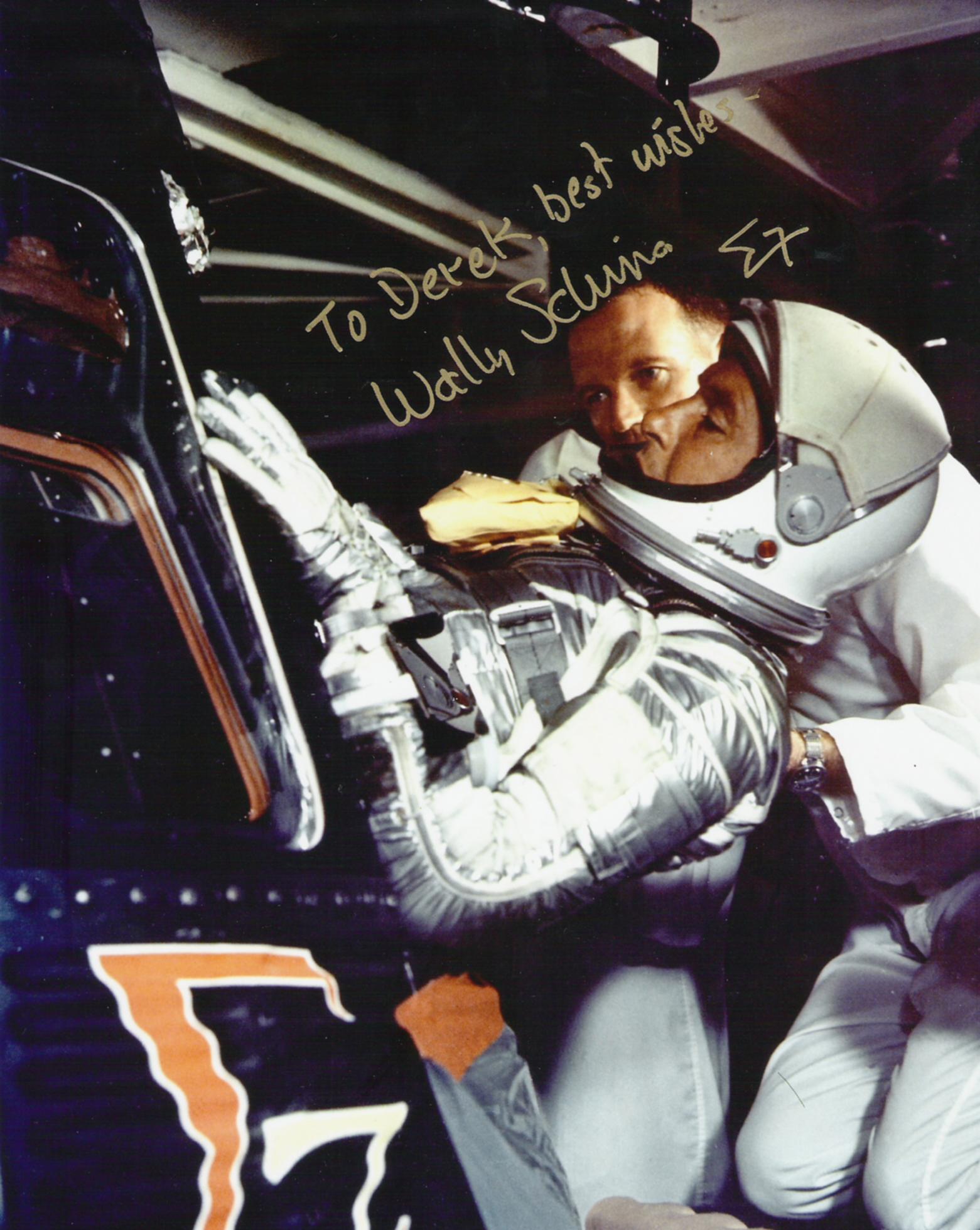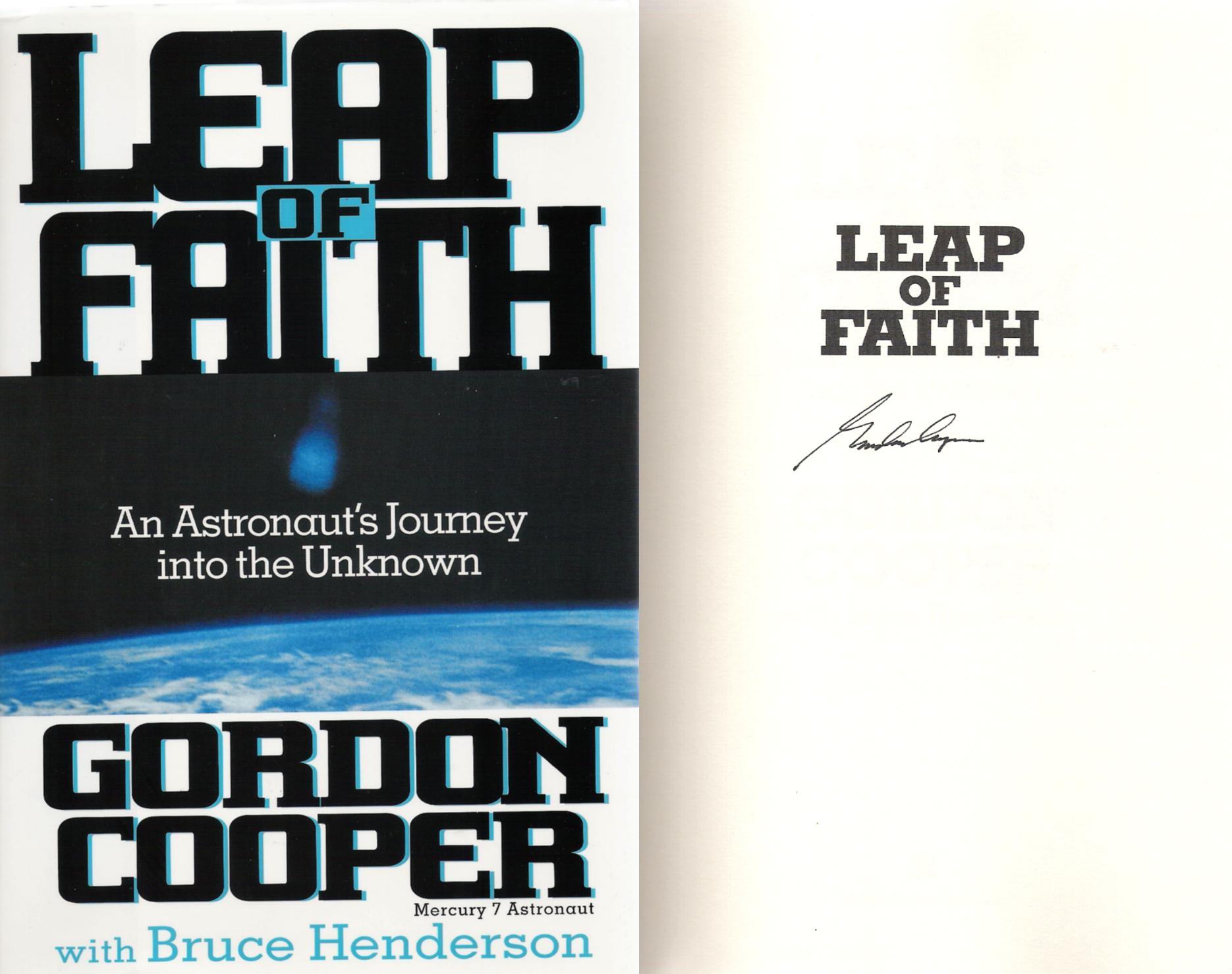The Mercury Seven
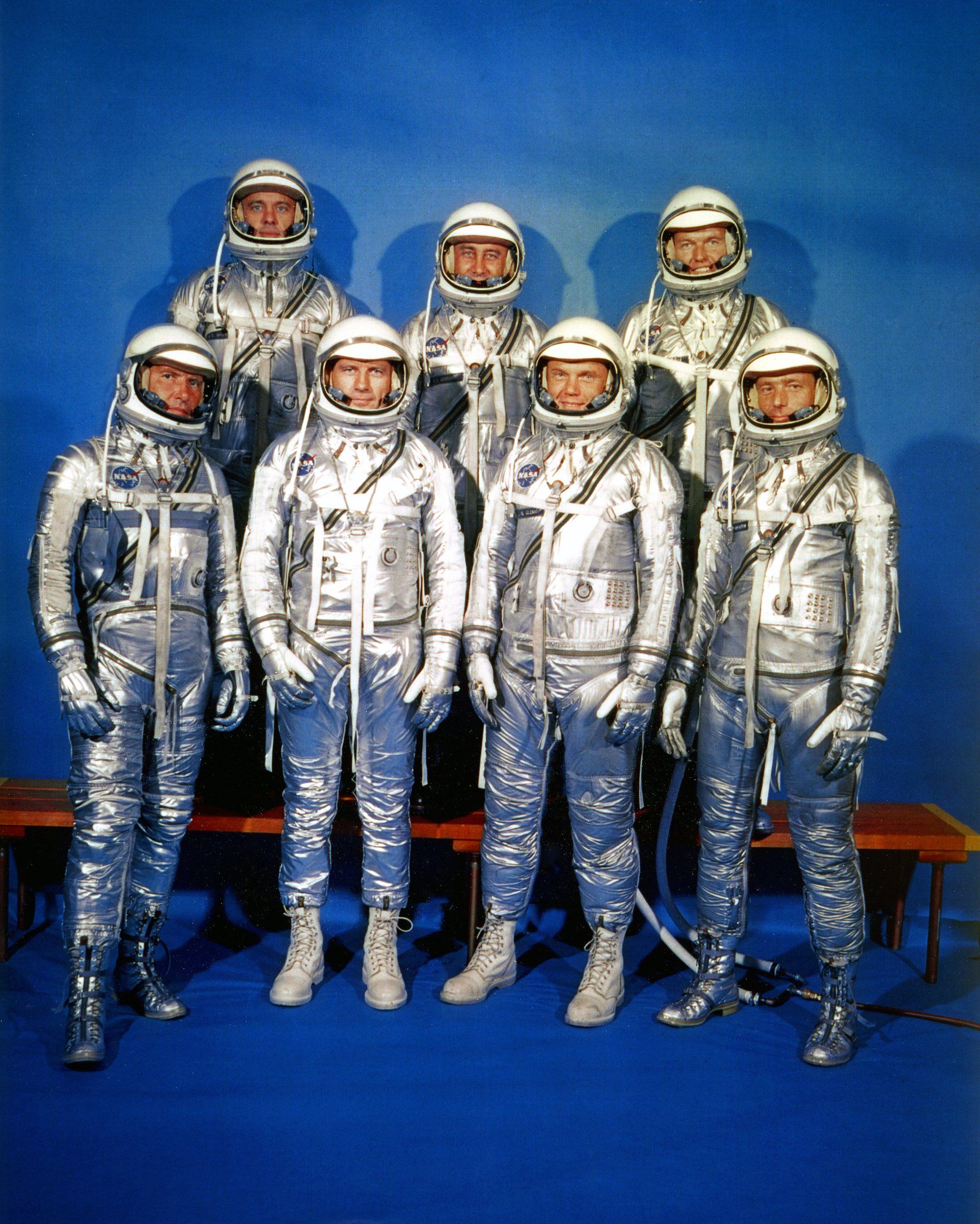
The American Space Program began in 1959 with Project Mercury. At a press conference in Washington D.C. on April 9th 1959 the world was introduced to the seven star voyager's chosen to do battle with the Russian's in the space race. They were to be called "Astronauts" as the pioneers of ballooning had been called "Argonauts", for they were to sail into a new and uncharted ocean of the heavens.
THE MEN
The men chosen for this brave and daunting task were all American military test pilots. Virgil I (Gus) Grissom, Alan B Shepard, John H Glenn, Malcolm S Carpenter, Walter M Schirra, Leroy G Cooper and Donald K Slayton were all introduced in civilian dress, which was designed to make the audience forget that these men were volunteer's from military test program's. Three of the four armed forces were represented; Schirra, Carpenter & Shepard were Navy men; Slayton, Cooper & Grissom were from the Air Force; and John Glenn was the sole Marine.
Donald K. "Deke" Slayton
THE SPACECRAFT
The first U.S. spaceship was like an upside down ice-cream cone which was only (just) big enough for one man. At only 2 meters (6'10in) long and 1.9 meters (6' 2 1/2in) in diameter at the base of the craft with a 5.8 meter (19' 2in) rocket powered escape tower, it is no wonder that the men of Mercury said "you don't get in Mercury spacecraft, you WEAR IT". The blunt end of the spacecraft was covered with an ablative heat shield to protect it and the astronaut from the perils of the 3000 degree heat of re-entry to the earth's atmosphere. There were two different launch vehicles used in the program, the "Redstone" was used for the sub-orbital launches and the "Atlas" was used for the Orbital flights.
America's First Astronaut
Alan B Shepard Jr (1923-1998) was the first American to go into space. Born in East Derry, New Hampshire he was educated at the United States Naval Academy. In 1959 Alan Shepard was named as one of the first seven astronauts. On May 5th 1961, he became the first American in space, riding the tiny Freedom 7 capsule atop the Redstone booster to an altitude of 115 miles and a top speed of Mach 7 or 5180 mph. The flight only lasted for 15 minutes and was sub-orbital. But never before had such a death defying feat been broadcast to an already information hungry world.
Some two years after this flight however, he was grounded with a serious ear condition called meuniere syndrome, which affects the balance. An operation in 1969 proved successful and shortly after he was restored to flight status. In February 1971 Alan Shepard went to the Moon as commander of the Apollo 14 moon landing mission with Ed Mitchell and Stu Roosa. Alan Shepard was the first man ever to play golf on the moon, he attached a club-head to an implement used for recovering moon rocks and hit a golf ball for what seemed like miles and miles. During the mission he spent a (then) record 33.5 hours on the surface of the Moon.
Alan Shepard sadly died on July 23rd 1998 in his sleep, having suffered from leukaemia. President Clinton called him "one of the great heroes of modern America", "none of us who were alive then will ever forget him sitting so calmly in Freedom Seven atop a slender and sometimes unreliable Mercury Redstone rocket" Clinton said.
Mercury 7 Autographs

